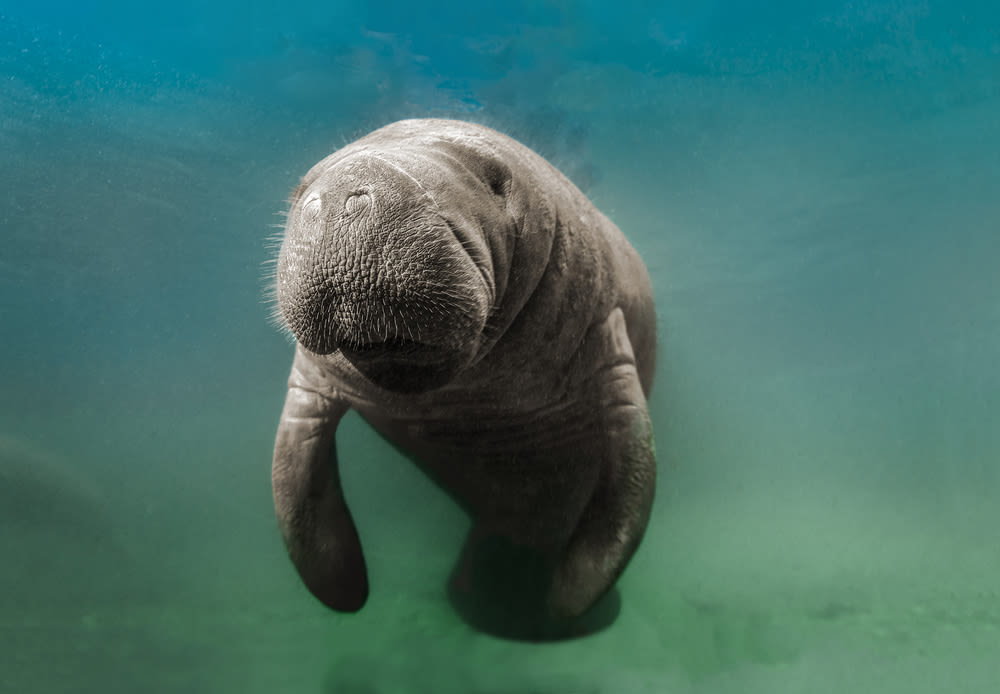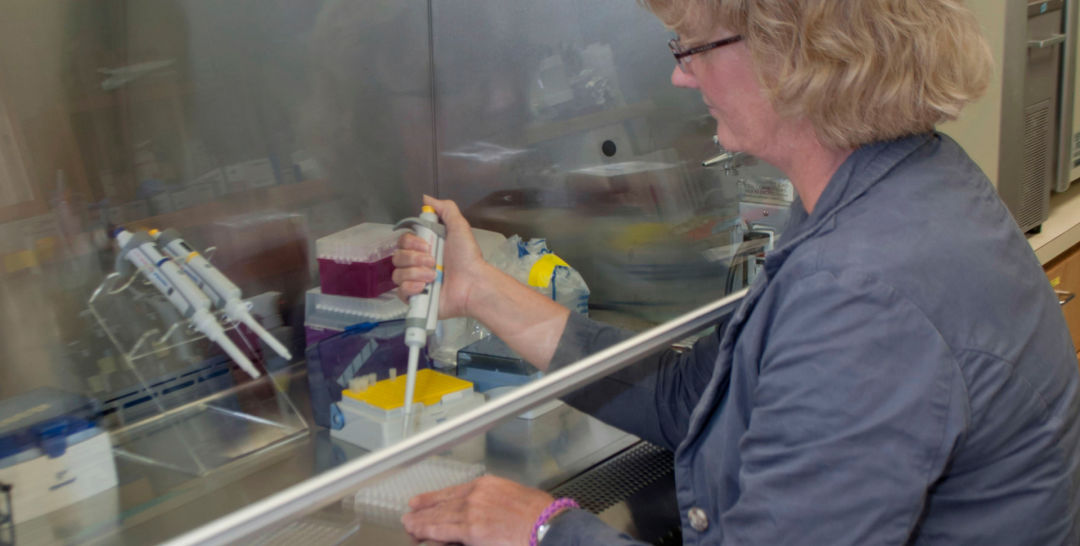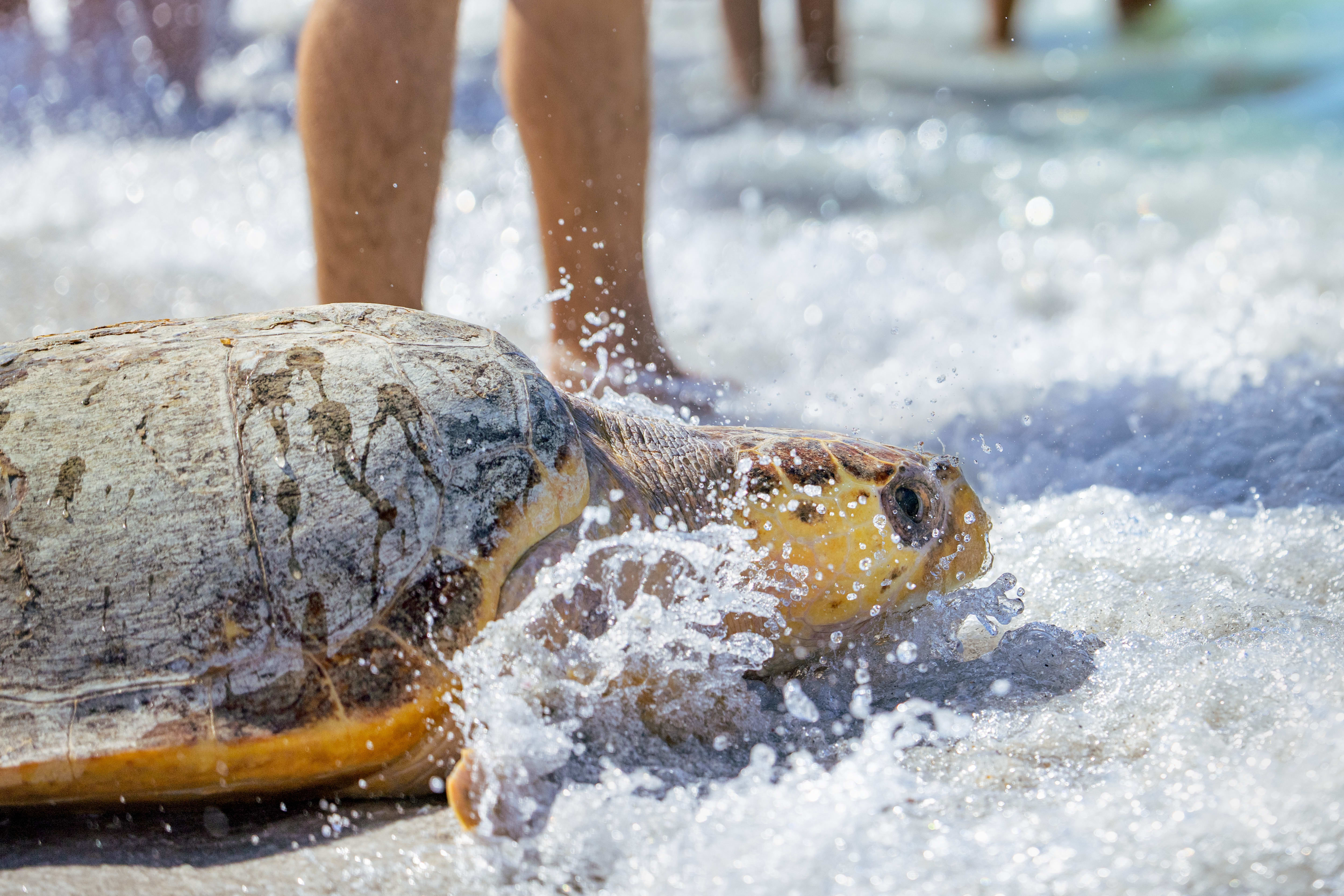Mote and FIU Are Trying to Help Manatees Exposed to Toxic Red Tide

A Florida manatee
Image: Shutterstock
A new effort to help manatees exposed to toxic red tide is underway thanks to Mote Marine Laboratory, Florida International University and a $428,000 grant from the National Oceanic and Atmospheric Administration's ECOHAB program. If it's successful, scientists say, it could be used to help other red tide-affected animals, too—including dolphins, turtles and birds. FIU chemist Kathleen Rein and Mote marine immunology expert Cathy Walsh are leading the efforts.
Manatees can become sick or even die from eating tainted vegetation or inhaling red tide-contaminated air; the toxins compromise the gentle giants' immune systems, leading to oxidative stress, a harmful imbalance between free radicals and antioxidants in their bodies. According to the Florida Fish and Wildlife Conservation Commission, 115 manatees have died as a result of red tide this year so far.

Dr. Cathy Walsh, manager of Mote's Marine immunology program and one of the scientists leading a newly funded research effort on red tide and manatee health.
Over the next three years, Rein and Walsh's research team will study how the cells in manatees' immune systems respond to certain antioxidants in the hopes of identifying those that may work better than the current treatment for red tide, which uses anti-inflammatories to aid in healing.
“The current approach is simply to give palliative care and wait for them to clear the toxin and get better,” Rein says. “This new treatment could accelerate the healing process.”
“We’re identifying what compounds are the most promising in minimizing oxidative stress levels so they can be tested in a veterinary setting with these animals in the future,” Walsh adds. “The need for better treatment is underscored by the current, long-lasting bloom of Florida red tide and its intense impacts on Florida manatees.”
The current red tide outbreak, which started last November, making it the longest on record and the worst since 2005, is caused by Karenia brevis, a microscopic algae. Seven counties are currently in a state of emergency; there are no predictions as to how long the current red tide bloom will last.
Two years ago, the U.S. Fish and Wildlife Service changed manatees' protection status from endangered to threatened. Rein and Walsh’s research, if successful, may help keep them from becoming endangered again.



